RAW format for smartphone photos: is it worth it?
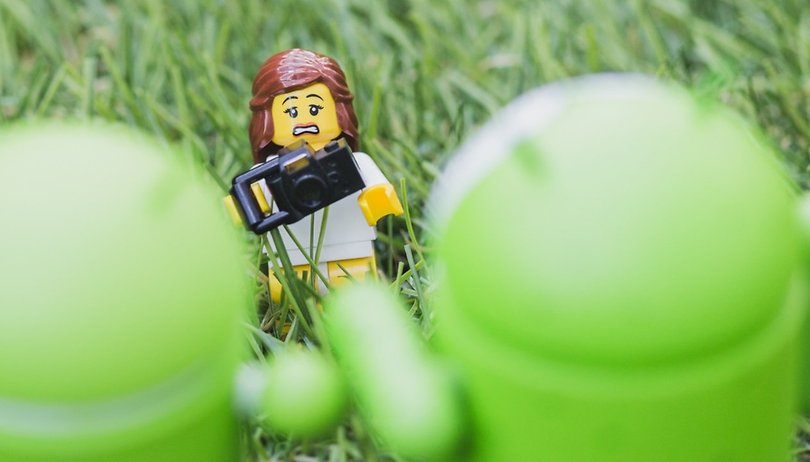

Amateur and professional photographers can’t live without it, and a majority of smartphone fans will have heard about it a lot in recent months: we’re talking about the RAW format. In this article, we outline the differences compared to normal JPEG images and explain where and when the RAW format is useful.
JPEG photos gather the values of the three color channels with a precision of 8 bits. This is the equivalent of 256 values, from complete darkness, to light. By modifying the values in the 3 channels, we have a total of 16.78 million possible colors. As the human eye is able to distinguish between around 20 million colors, 8 bits appears to be more than sufficient for viewing photos.
Advantages of the RAW format
We often want to edit our photos afterwards, for example, to brighten a dark area of the image. When we increase the brightness of the area in the post editing process, dials appear on the image. These demonstrate the so-called color-banding effects in color gradients as can be seen, for example, in the photos of the sky.
RAW photos store 10, 12 or 14 bits per color channel, which are 1,024, 4,096 or even 16,384 levels of color (instead of 256). By using the dials, this is the equivalent of between a billion and 4 billion different colors, and offers much more capacity for post editing. The dark or light areas of the image play an important role, as often in the case of JPEG formats, it’s not possible to obtain more details.
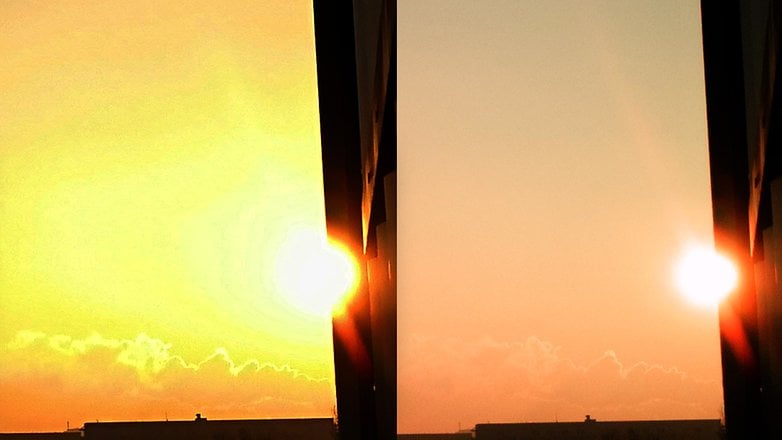
Another huge advantage of the RAW format is that, when image information is stored no additional effects are implemented (Image sharpening, noise reduction, white balance or contrast, among others). With JPEG images, these corrections are ‘burned’ into the image. So, when the camera has not captured the white balance while taking the photo very well it’s more difficult to edit at a later stage.

Disadvantages of the RAW format
The freedom of RAW images can also be a disadvantage: in this format it’s not possible to quickly take a photo or to send one to the printer. Instead, they must be processed by a RAW converter. This is usually called ‘revealing’ and the RAW photos are called ‘digital negatives’, an analogy for reel photographs.
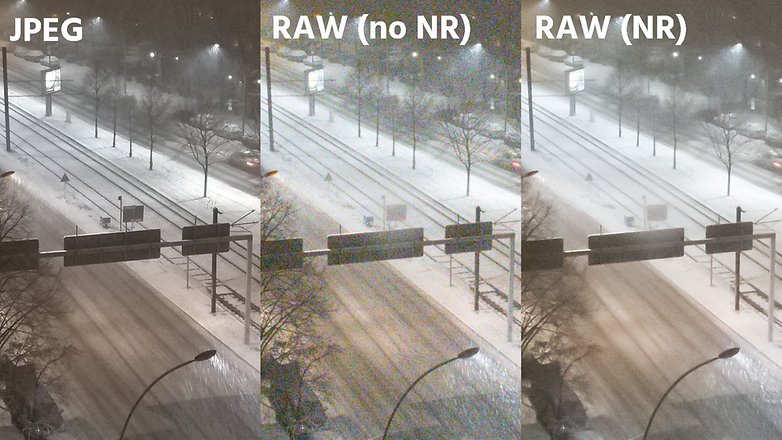
Correcting the noise in an image or marks on the lens (like distortion and color aberrations) can be a tedious job. This should be taken into account. Generally, there’s the possibility of taking a photo in RAW and JPEG formats simultaneously. For those who don’t want to make any corrections or any retouches to the photo, they can simply use JPEG photos. For more complicated photography, RAW photos are available as a backup copy.
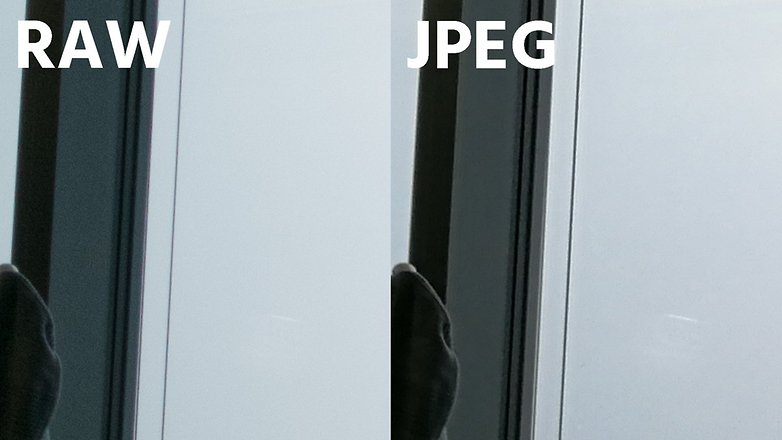
The only problem is storage space. While JPEG photos on the Huawei Mate 9 usually occupy between 2 and 6 MB, the RAW archives can take up to 24 MB. So, 1000 photos would take up, instead of 4 GB, 30 GB in RAW + JPEG formats. Another problem is the storage speed. Nota ll quick-fire photo methods are compatible with the RAW format, meaning that you can’t maintain the shot frequencies that the JPEG method allows.
Conclusion
In summary, you must decide for yourselves whether this would bother you or not. From my own experience, I can say that the RAW format is worth it, as long as storage space isn’t a problem and that speed is totally irrelevant. The editing and post-processing possibilities are far superior. Any photography mishap due to some kind of technical error due to light exposure can be saved thanks to the RAW format. Therefore, I would say that the additional storage space that I had to use was totally worth it.
Are you using the RAW format for your photos? Has the quality of your images improved? Let us know in the comments below.






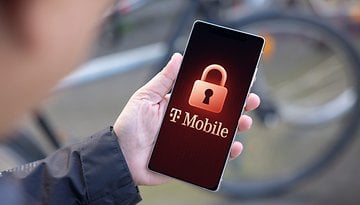

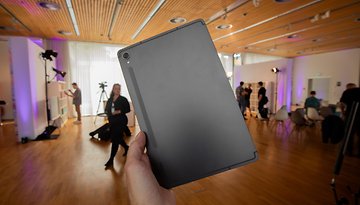
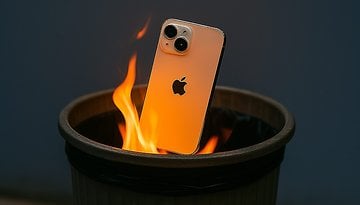
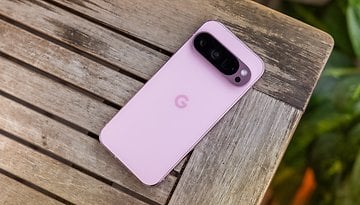
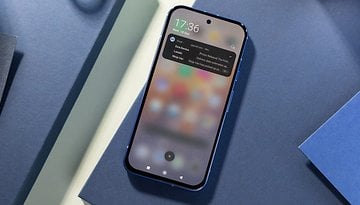
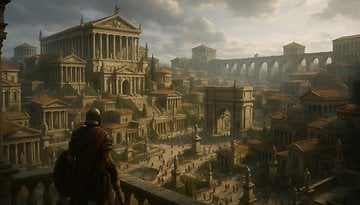
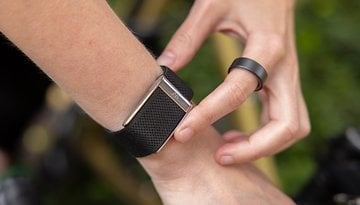
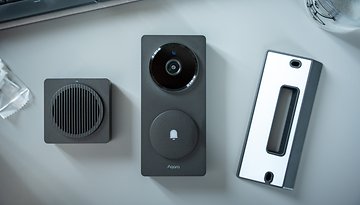
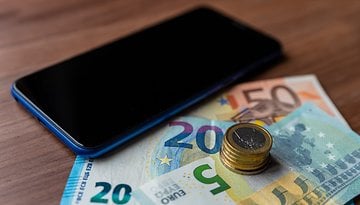




So how do the 2018 smartphones compare in taking raw format photos?
If your any good at photography there's no need to use raw.
Personally think RAW format worth
With respect to Android users, I'd say there's not much of a choice. We use our mobile phones to take quick pictures of moments that would otherwise be lost. These are not meant to be technically great photos, but hold value in other ways. For photography enthusiasts an Android mobile phone won't do. They have to be equipped with their DSLRs and tripods.
Another point I think needs mention is that the RAW format is different for each manufacturer. So it will have a different extension if you are using a Canon camera than if you are using a Nikon.
Overall, this article has done a good job explaining something that most of us have only a nebulous idea of.
I suggest you publish two more articles, one explaining the difference between different image extensions like bmp and png, and the other about EXIF data and how to edit it and use it to one's advantage.
True about the different file extensions. For RAW there's no standard like there is for jpeg.
I so much disagree with Shankar Prasad Nandi and his "We use our mobile phones to take quick ..." - who is "we"? Each individual phone user can use it's camera for many different purposes and type of photography. Of course you cannot use the phone for taking shots of wildlife or sport action... but there are many scenarios when you can get VERY GOOD photo using a phone. As an extreme example - I am pretty sure you could even win World Press Photo with an image taken with the phone... it is not always about technical perfection. Then if you manage to capture any kind of a good photo with your phone, you will be happy to have this option to tweak it using RAW and make it even better. Also, from my experience there is a rule that I never have my camera with me when there is something interesting to capture so this make my phone's camera even more important - then if I can get better photo quality with no additional costs, why not to use it? I can always delete the RAW photo afterwards if don't find it useful...
Personally, the most important "quality-factor" for me is that RAW format lacks that crappy noise reduction which destroys all small details like greass or leaves. And it is the case of almost every phone including new iPhones. Then there is the ability to extract MANY details in blacks / whites using extended dynamic range that is present in RAW format (especially clouds). Photos which are tweaked in these two areas are WAY natural looking than those JPEGs.
No, you cannot compare phone cameras with DSLRs, but because of the reasons written above, I am sure everyone who likes photography is happy he can get better results from his cellphone's camera.
Google "RAW vs DNG comparison smartphones" to get better idea what RAW is capable of.